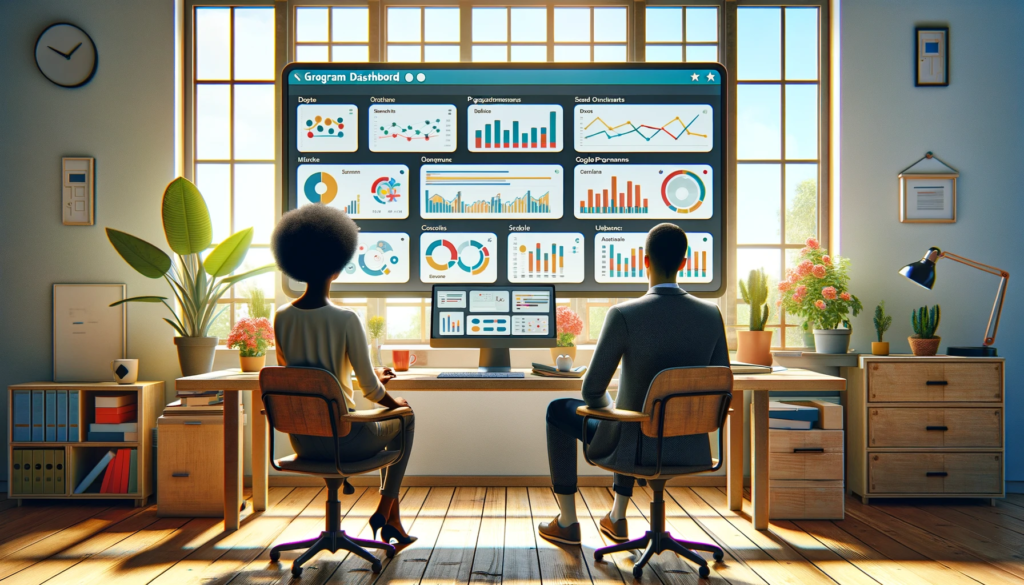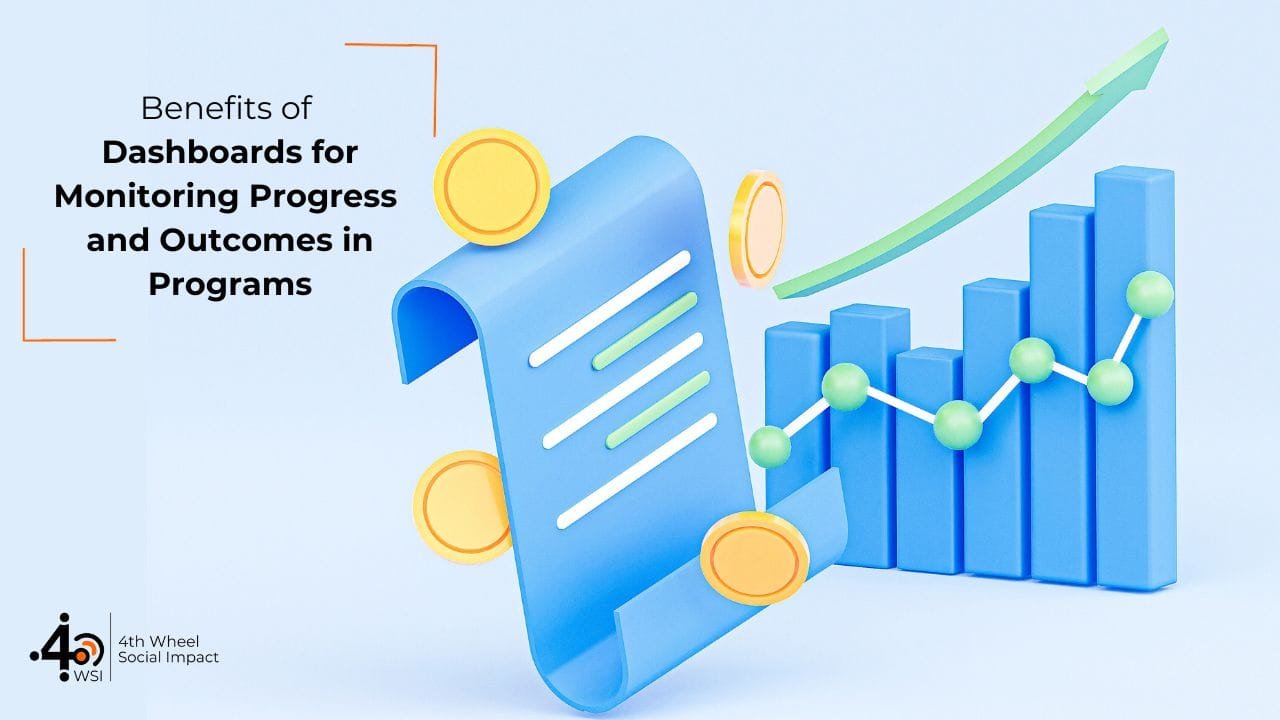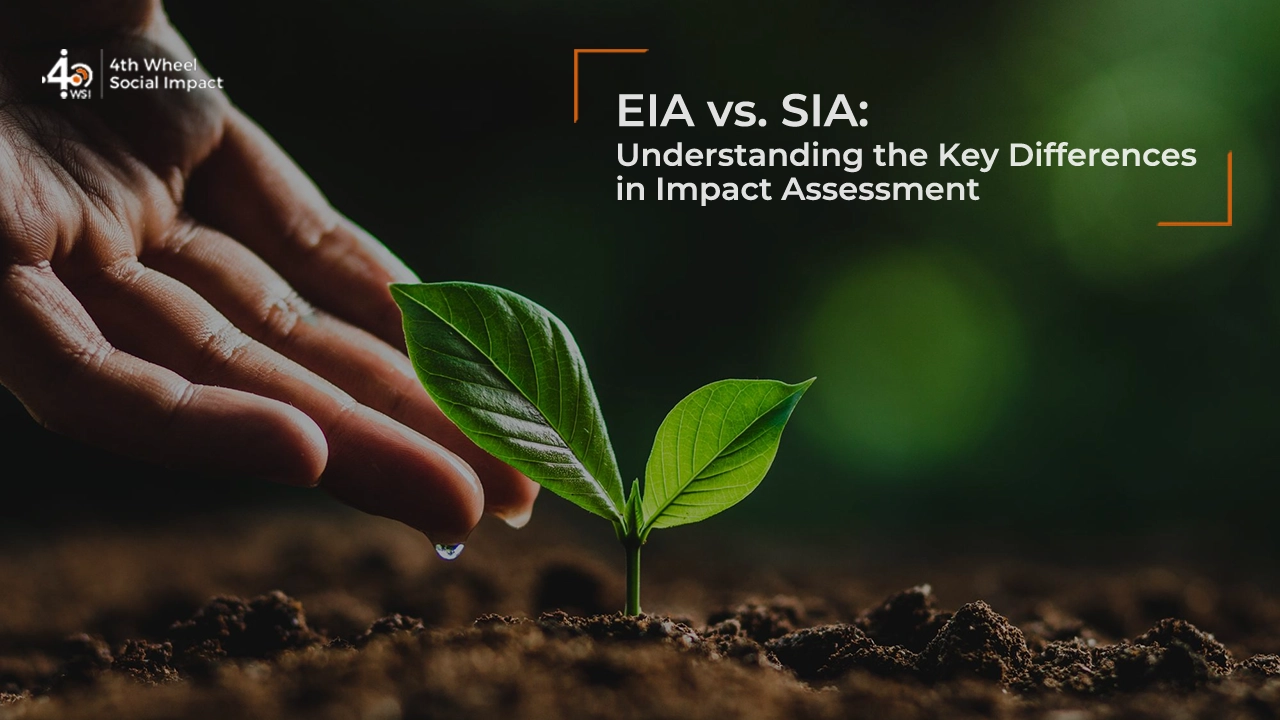In Programs, the use of dashboards can prove to be really beneficial for monitoring progress and outcomes. Let’s take a look at the advantages of using dashboards for programs.
10 Benefits of Dashboards for Monitoring Progress and Outcomes in Programs
Real-Time Insights
Dashboards provide real-time access to program data, enabling organizations to monitor progress and outcomes as they occur. This timely information allows for rapid responses to emerging trends, challenges, or opportunities.
Data Visualization
They make use visual elements such as charts, graphs, and tables to present data in a comprehensible and actionable format. This visualization makes it easier for stakeholders to understand complex information quickly.
Customization
Organizations can tailor dashboards to display specific metrics, key performance indicators (KPIs), and program outcomes that align with their objectives and priorities.
Performance Measurement
Dashboards allow for the continuous monitoring of program performance against predefined targets and benchmarks. This facilitates ongoing assessment of whether the program is meeting its goals.
Efficiency
Dashboards streamline data collection and reporting processes, reducing the time and effort required for data analysis and reporting. This efficiency is particularly valuable for teams with limited resources.
Data Integration
They often integrate data from multiple sources, providing a holistic view of the program’s impact and effectiveness. This comprehensive perspective enhances decision-making.
Transparency
By making program data visible and accessible, dashboards enhance transparency among stakeholders, including funders, program participants, and partners. This transparency fosters trust and accountability.
Identifying Trends and Patterns
Dashboards can highlight trends, patterns, and correlations in the data that might not be apparent in traditional reports. This information is valuable for making data-informed decisions.
User-Friendly
They are designed to be user-friendly, even for individuals without extensive data analysis expertise. This accessibility ensures that a broader range of stakeholders can use and benefit from the data.
Goal Alignment
They help keep stakeholders aligned with program objectives and outcomes, ensuring that everyone is working toward the same goals and priorities.





